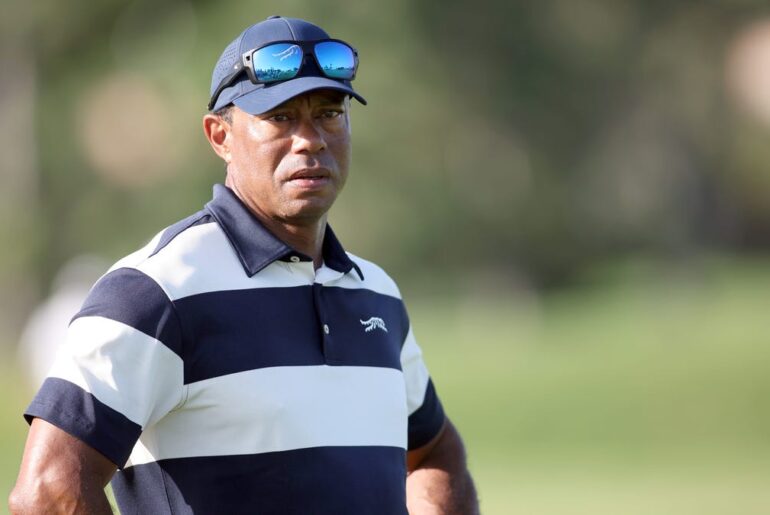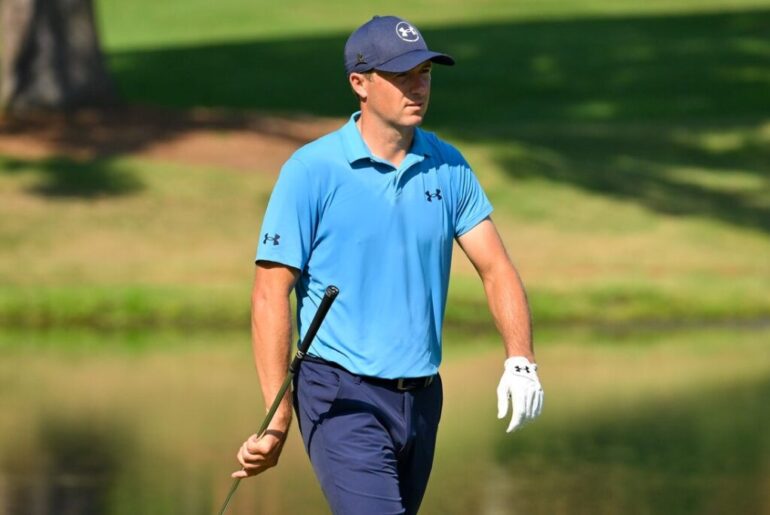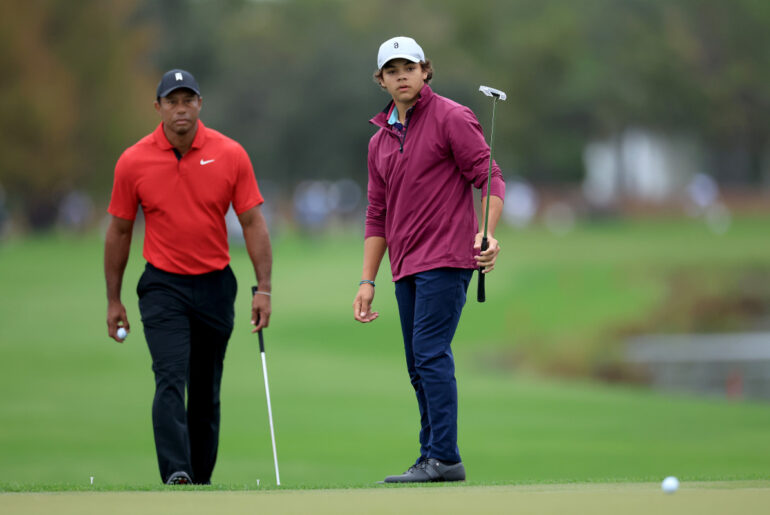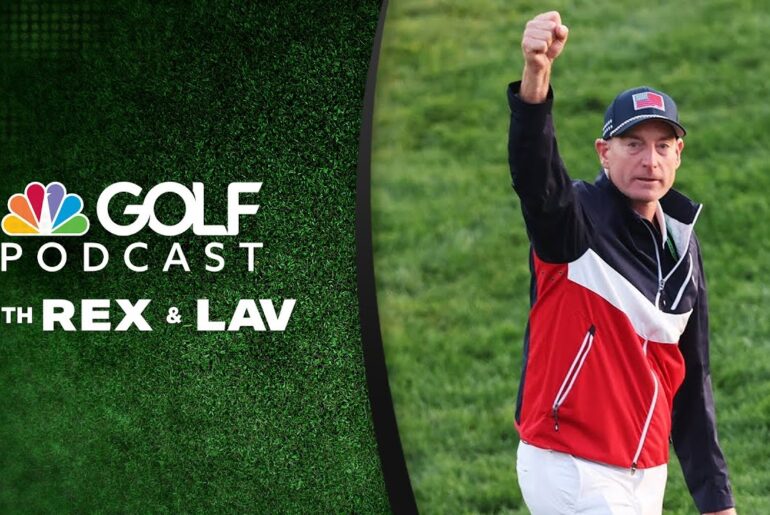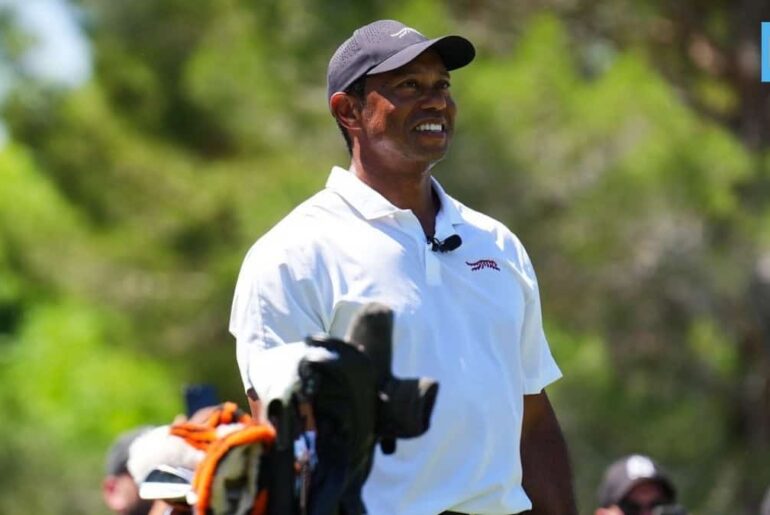
Rory McIlroy’s conduct was reviewed during the Masters in 2009 (Image: Jamie Squire, Getty Images)
The Augusta National Golf Club has a stringent set of rules that have been breached by several players and media members over the years at the Masters. The iconic course, which hosts the first major of the year, enforces a unique code of conduct.
Attendees are referred to as patrons, running around the course is prohibited, and mobile phones are not allowed. Fans must ensure they adhere to these rules while broadcasters have previously been instructed to discuss the Masters appropriately. Players also face the risk of disqualification if they commit an infraction on the course. Current leader Rory McIlroy will need to bear this in mind as he vies for the green jacket on Sunday, especially considering his previous encounter with tournament officials.
McIlroy incident
In 2009, McIlroy appeared frustrated after failing to escape the bunker on the 18th hole. The Northern Irishman was reportedly seen kicking the sand afterwards.
His debut at Augusta nearly ended in disqualification when he signed his card without accounting for a potential two-shot penalty. The then-teenager attended a review and was asked to explain his actions during the second round.
McIlroy maintained that he was merely trying to tidy the sand, which is permitted under tournament rules, and he was ultimately cleared. However, it was a narrow escape for McIlroy, who hopes to achieve a career Grand Slam at Augusta this weekend.
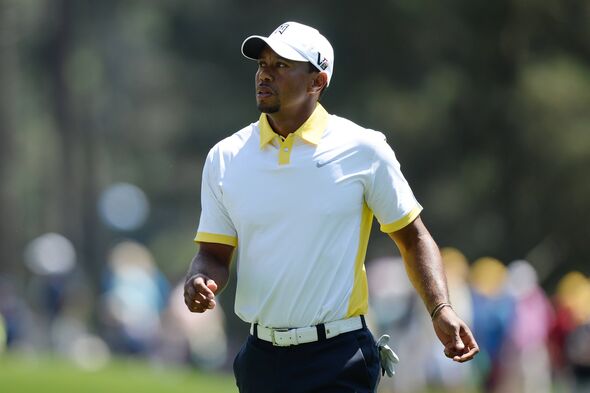
Tiger Woods finished T4 despite the controversy (Image: Harry How/Getty Images)Woods’ lucky escape
In 2013, Tiger Woods was embroiled in a Masters controversy when his wedge shot struck the flagstick and ended up in water. After taking a penalty shot, Woods dropped the ball two yards behind its original position, an action spotted by sharp-eyed ex-rules official David Eger on television.
Eger promptly alerted the Masters officials, yet Fred Ridley, the competition chair, initially absolved Woods of wrongdoing. The plot thickened as Woods later confessed to dropping his ball two yards back, casting doubt over his second round scorecard for not adding a two-shot penalty on his bogey at the 15th.
Despite the admission, Woods avoided disqualification due to Ridley’s oversight, although his score for the hole was adjusted from six to eight, in what some saw as a bending of the rules. Nowadays, tournament officials are barred from accepting calls from viewers regarding rule breaches.
Stay up-to-date with the latest golf news Join us on WhatsApp
Our community members are treated to special offers, promotions, and adverts from us and our partners. You can check out at any time. Read our Privacy Policy
Els branches out
Meanwhile, golf icon Ernie Els faced his own Masters drama in 2004. During the third day, Els’ tee shot at the 11th veered off course, landing amidst branches he claimed were set aside for clearance.
“In South Africa, we call it ‘greenskeeper’s rubble,’ and I felt pretty strongly about [getting free relief],” Els said.
Two officials initially disagreed with his assessment, prompting the golfer to seek a third opinion and call upon competition chair Will Nicholson. Amidst the tension, Els was accused of tampering with his ball while clearing branches away.
However, after reviewing the incident, it was determined that although the ball had oscillated, it hadn’t moved – saving Els from potential disqualification. Nicholson concurred, allowing Els free relief under ground repair rules.
Yet fortune alone wasn’t enough for Els to clinch victory; he narrowly missed out on the Green Jacket, finishing just one stroke behind Phil Mickelson.

Ernie Els found himself among the trees during the 2004 Masters (Image: Andrew Redington/Getty Images)Arnold Palmer’s first win
Going back to the 1958 Masters, Arnold Palmer faced off with Augusta officials over a contentious call. Firmly believing his ball, which had plugged at the 12th hole, warranted free relief, Palmer was opposed by official Arthur Lacey even though tournament leader Ken Venturi agreed with his rival.
Despite making a double-bogey, Palmer played on, dropping another ball from the same point and scoring par – which controversially was allowed to count despite Venturi insisting both balls should’ve been played simultaneously.
The decision ultimately pushed Palmer to beat competitors Fred Hawkins and Doug Ford by a single stroke, marking Palmer’s first major win. Venturi finished just behind them.
An official statement clarified the contentious rule: “Should the competitor fail to announce in advance his procedure or selection, the score with the second ball shall be his score if played in accordance with the rules.”
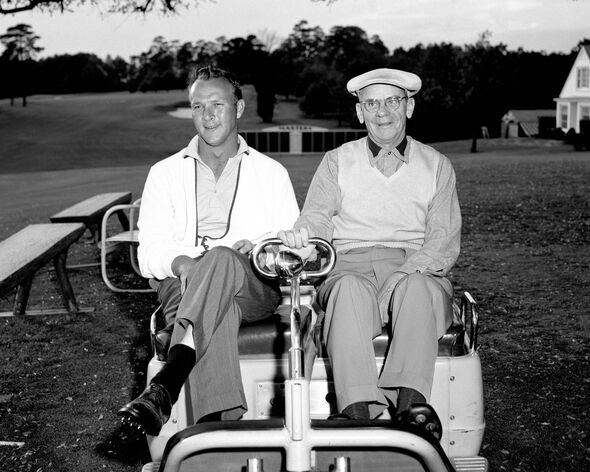
Arnold Palmer with Augusta chair Clifford Roberts during the 1958 Masters (Image: Augusta National/Getty Images)The Player Family
Golf legend Gary Player, a three-time champion at Augusta, nearly faced a ban from the iconic course after a contentious incident in 1962. Following a playoff loss to Arnold Palmer, former Masters winner Player inadvertently took his Green Jacket back to South Africa, which is traditionally only kept by reigning champions.
Recalling a tense phone call with Augusta co-founder Cliff Roberts, Player reportedly quipped: “Why don’t you come and fetch it?” Despite the potential for further conflict, Player agreed not to wear the jacket and returned it at the next Masters tournament.
In a twist of fate, his son Wayne Player was handed a lifetime ban from Augusta in 2021. While caddying for his father during the ceremonial tee shot, Wayne was accused of exploiting the occasion to advertise a golf ball brand.
Reflecting on the incident, Player Snr told Golf Digest: “It was wrong,” adding, “And I said to Augusta, ‘listen, a man’s got to take his punishment. If he does something wrong and you don’t want him back here again, then just bar him. That’s what you go to do’.”


